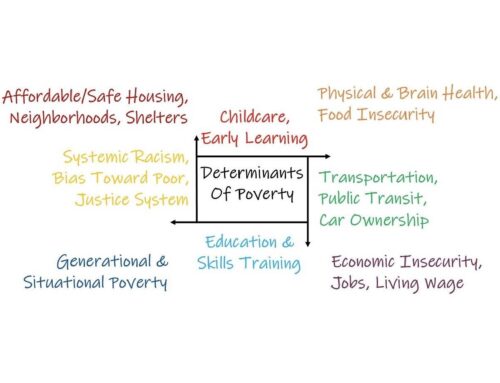Recently Dr. Paul Slocumb, author of Hear Our Cry: Boys in Crisis, presented a workshop on educating boys to a group in Wichita, Kansas. This is an e-mail Dr. Slocumb received from an attendee:
Dear Dr. Slocumb:
I was in your audience in Wichita, Kansas on Tuesday, September 4, 2007. You autographed my book. When I returned to school I mentioned in class that our in-service was all about guys, and immediately all the boys in my class (high school English) wanted to know more. All of them, without exception. It was more than just curiosity. It was, perhaps, even anxiety that they were being discussed and no one had invited them to the table.
I said I had a book and that they could see it, but it was in my car at the time. After school I realized that there were going to be many disappointed people the next day, because they were going to have to wait a couple of days until Taron finished the book.
Taron came to my room and offered to mow my lawn to earn some cash, so I took him with me after school. When he got into the car he noticed the book and started to thumb through it. He kept exclaiming, “Oh, that’s so true!” So while we drove he opened up and we had a 40-minute discussion about his feelings about his own absentee father, his OCD mother, his streetwise, gang-member siblings, his troubled-past girlfriend, his future hopes, his thoughts on “being a man,” the taboo on crying, racism realities, what he hopes for his future sons, etc. A full 40 minutes! (I guess that’s almost a year’s worth for some parents, sadly.) It just poured out of him, as if someone had opened the floodgate and the stuff that had been trapped inside was freed.
Because of your teaching, I felt like I knew how to respond to him. During the conversation my cell phone rang. Taron asked if I was going to answer it, but I told him I was talking to him right now, and I would call my friend back another time. I think it surprised him that I would put our conversation first. When I dropped him off, he hugged me and bounced out of the car with the book in tow.
This boy wasn’t reticent about sharing his feelings at all. He wanted to be heard. I did notice a number of times when he struggled for the words to express himself, but it was pretty easy to supply that vocabulary as we went, and then he had the words. (So you were feeling pretty betrayed … You’re not sure she’s trustworthy … You don’t appreciate being stereotyped like that … etc.) He would either latch on to the word and immediately use it himself, or tell me that was not exactly right, and we’d try again for clarity. But it just became a natural part of the conversation and my active listening.
Right now I wish I had about 20 copies of your book, because I know so many boys who need to read it. They don’t want us teachers talking about them—they want us talking to them, really talking about things that mean something beyond the narrow constraints of algebraic formulae, dates, events, and the classroom. I don’t know when we lost the ability to talk to our children, but as a society, we really have. It’s pretty overwhelming (Taron and I decided on that word during the part of our talk dealing with racism) to know a situation exists, to want to do something about it, and yet not to have the answers.
I’m grateful for your talk on Tuesday. Perhaps your book can begin to supply some of those answers for our future men.
Sincerely, Elizabeth
I’m not a parent. I’ve not personally dealt with the differences between girls and boys or with the issues that Dr. Slocumb addresses in his book. But I have heard over and over from participants how powerful and accurate the message in Hear Our Cry is.
Two things in particular really struck me while I was reading this e-mail:
1) We have so many great boys that just need a positive relationship and influence in their lives, and
2) we have so many educators going the extra mile to create relationships of mutual respect with students.
Thanks, Elizabeth, for sharing about the workshop and the way you were able to take the book and what you learned back into the classroom and use them directly with your students.
-Ruth Weirich, Vice President: Marketing








